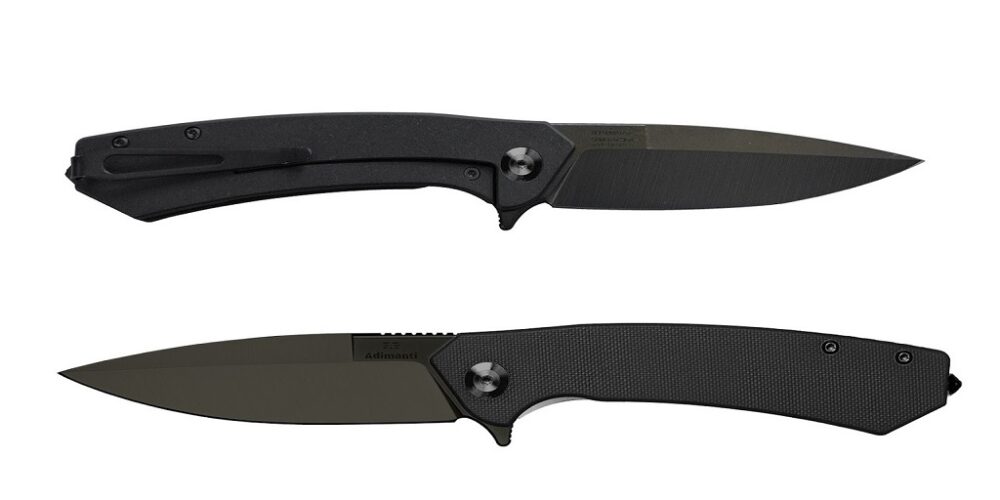The hunt is 50% anticipation and 50% work. While most of the build-up and excitement revolves around the patience and endurance of the chase (or waiting in the treestand or blind), the real work comes after the shot.
The harvest, after the shot, when you need to gut, clean, and prepare your harvest is when the real hard work begins. Oftentimes, a hunter is exhausted after the exhilaration of the shot, but breaking down and transporting game is critical to preventing spoilage and guaranteeing you can actually enjoy the fruits of your labor.
So while you might spend most of your discretionary funds on camouflage or your gun or bow, you should give some thought to the knife you bring with you in the field. Before you buy a hunting knife, consider the following.
What Are You Hunting?
Different hunting knives serve different purposes and provide different advantages. Depending on whether you hunt fowl, large or small game, not every knife will be as suitable as another.
Oftentimes, gamebirds are simply plucked and gutted – which can be done with a penknife (or any other small knife, even a folder) whereas others are simply breasted out without plucking. You can also breast a dove or a goose with nothing but a simple pocket knife or a Cold Steel Bird & Trout knife.
Small game – squirrels, rabbits, and the like, can be skinned and cleaned with a small folding. Even if you quarter your game, you typically don’t need a super tough knife to break through joints. Most folders can get the job done.
Large game needs to be skinned, gutted, and then broken down so it can be packed out (unless you’re hunting right over a truck). The majority of hunting knives devoted to skinning, boning and quartering large game are fairly durable, sizable fixed blades. Many of them have full tangs with swept blades, drop points, or trailing points (in skinner or boning patterns) that facilitate the long, sweeping cuts needed to skin, clean and separate large harvests. Some prefer a gut hook hunting knife, many other choose a skinning pattern like the model 103 from Buck Knives.
Where Are You Hunting?
Where you are hunting – and the conditions you are hunting in – will also impact the suitability of a hunting knife. While some hunters prefer the durability and toughness of tool steels like D2 or 1095, stainless steel alloys will perform more admirably in humid or marine environments.
Remember, when you’re field dressing game unless you’re meticulous about cleaning, oiling, and storing your blade, you’ll end up with corrosion or worse damage, which can be even worse for folding knives than it can be for fixed blade hunting knives simply because they have moving parts. If you can’t fastidiously clean your knife, opt for a corrosion-resistant alloy over any others.
Be Honest – Are You Going to Abuse the Knife?
Unless you carry a sharpening stone with your pack, you might want to consider one of those knives that have replaceable blades. They come shaving sharp from the factory, and instead of requiring you to replace the edge, when they get dull, you can just replace the blade.
Once you’re ready to buy a hunting knife, after considering these factors, visit White Mountain Knives at WhiteMountainKnives.com, where you’ll find everyday carry folders, a new survival knife, and other tools at great prices. Check out their website at the address listed above and if you need additional help from customer service, contact them at [email protected].












